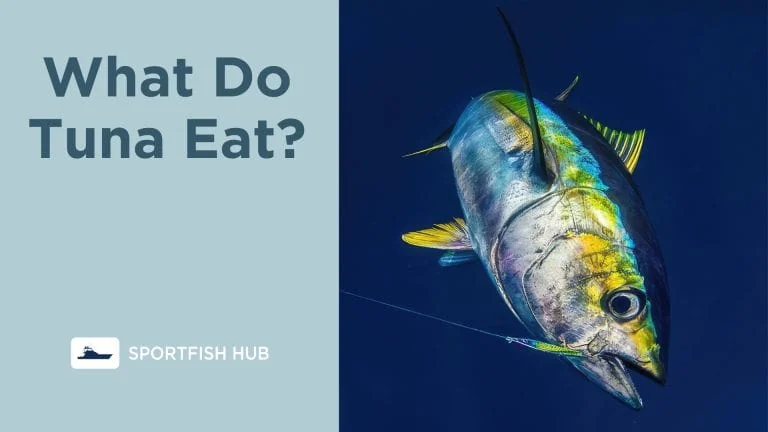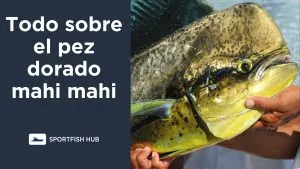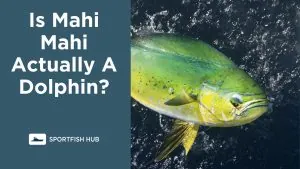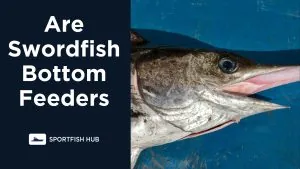Tuna are large, powerful predators that roam oceans around the world. But what do tuna eat? The tuna diet actually varies quite a bit between different tuna species and based on habitat, prey availability, and the tuna’s life stage.
You might also enjoy reading What Eats Tuna?
What Does Tuna Eat:
| Small Bony Fish | Other Prey |
|---|---|
| Herring | Squid |
| Anchovies | Crustaceans |
| Sardines | – Shrimp |
| – Crabs | |
| – Krill | |
| Cephalopods | |
| – Octopus | |
| – Cuttlefish | |
| Plankton | Smaller tuna |
Tuna are well-equipped for finding and catching their prey. They have compact, torpedo-shaped bodies to cruise through the water with speed and efficiency. Their physiology also gives them additional hunting advantages:
- Powerful tails and fins – Generate bursts of speed up to 70 mph to pursue prey
- Specialized eyes – Enhanced for visual clarity even in dim, deep water
- Heat exchangers – Keep vital organs warm while swimming in cold ocean depths
- Smell and taste receptors – Detect prey scent and flavor in the water
Diet Variations Between Tuna Species
The most commercially harvested tuna species do show some key differences when it comes to their dietary preferences.
Albacore Tuna
Albacore tuna are known for targeting baitfish that form dense schools near the water’s surface. Some of their frequent meals include:
- Sardines
- Anchovies
- Saury
- Mackerel
They will also opportunistically feed on squid, krill, and other plankton.
Bluefin Tuna
Bluefin tuna are the giants of the tuna family. Adult bluefin eat a very wide range of prey thanks to their large size and speed. Their diet includes:
- Small tuna
- Squid
- Eels
- Mackerel
- Herring
- Crabs
- Shrimp
- Plankton
Yellowfin Tuna
Yellowfin tuna stay closer to the surface than other tuna. They prefer smaller prey such as:
- Sardines
- Anchovies
- Squid
- Shrimp
- Plankton
Skipjack Tuna
Skipjack tuna have a diverse diet that reflects their broad habitat range. They eat:
- Squid
- Shrimp
- Crabs
- Small fish
- Plankton
How Tuna Hunt and Capture Prey
Tuna have a set of highly adapted traits that make them effective hunters, including:
- Speed – They are streamlined for fast bursts of swimming to overtake prey. Some tuna can reach speeds over 70 mph.
- Vision – Their eyes are specially adapted for visual clarity even in the darker depths where they hunt.
- Smell – Tuna have a highly developed sense of smell to pick up on prey scent cues in the water.
- Maneuverability – Their rigid tails and fins allow quick turns and direction changes to capture elusive prey.
- Jaw power – Strong jaw muscles let them overpower and quickly subdue prey.
Unique Tuna Hunting Strategies
Tuna exhibit some clever hunting strategies and techniques tailored to their environments:
- Work in groups – Tuna will cooperatively herd baitfish into clusters to more easily capture them.
- Deep diving – Tuna make rapid deep dives into cold waters up to 3,000 feet down to reach food sources. Their specialized blood vessels and heat exchange system keeps them warm.
- Feeding frenzy – When large amounts of baitfish are available, tuna will gorge themselves to bulk up, sometimes eating over 10% of their body weight.
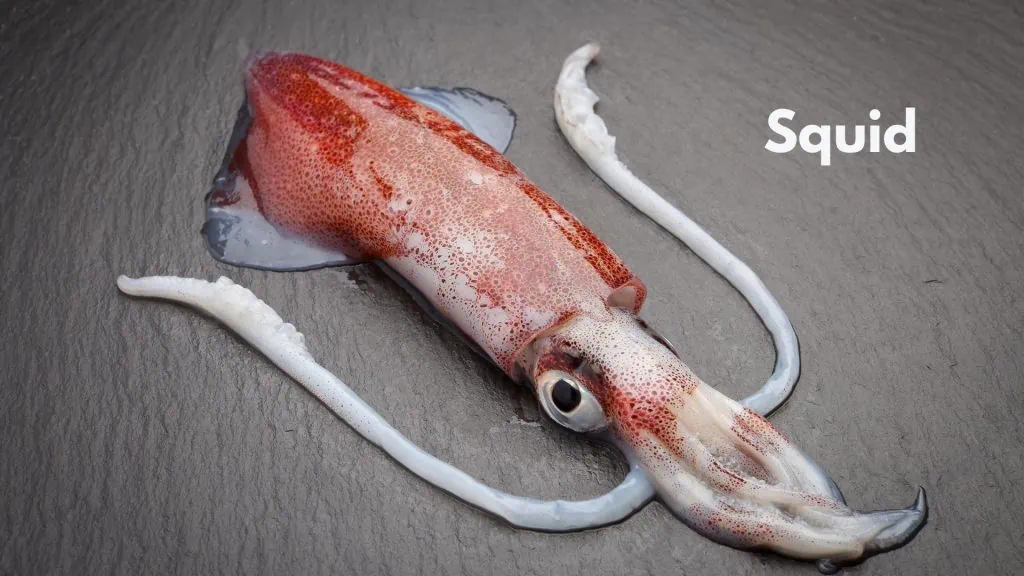
Changes in Diet as Tuna Mature
What tuna eat changes quite a bit as they grow from newly hatched larvae to adult size:
Young of the Year
- Plankton
- Fish eggs
- Small aquatic invertebrates
Juveniles
- Copepods
- Squid
- Shrimp
- Other small crustaceans
Subadults
- More squid
- Small schooling fish
- Some larger invertebrates
Adults
- All prey types – fish, crustaceans, cephalopods
- Cannibalism of smaller tuna
| Life Stage | Sample Prey Items |
|---|---|
| Larvae | Plankton, Fish Eggs |
| Juveniles | Copepods, Squid, Shrimp |
| Subadults | Squid, Small Fish |
| Adults | Fish, Squid, Cephalopods |
Summary- Understanding the Tuna Diet Is Key
Gaining a better understanding of what tuna species commonly eat can provide important insights for fisheries management and tuna conservation, including:
- Assessing tuna population status based on prey availability.
- Understanding tuna impacts on marine ecosystems.
- Reducing bycatch by identifying tuna prey hotspots.
- Supporting responsible fishing by mapping areas of ample tuna forage.
While there are some key differences between tuna species, they are all powerful, adaptable marine predators that play a vital role near the top of the oceanic food web.

